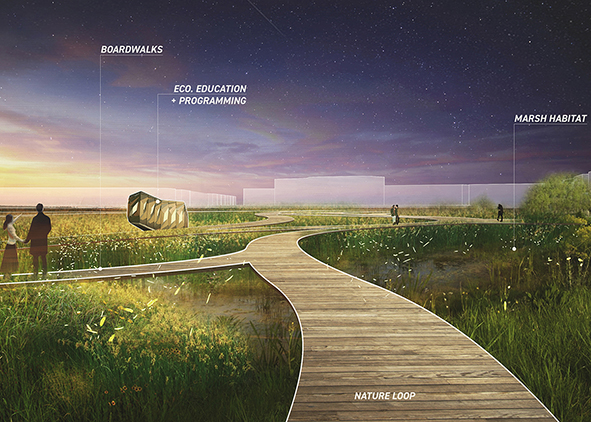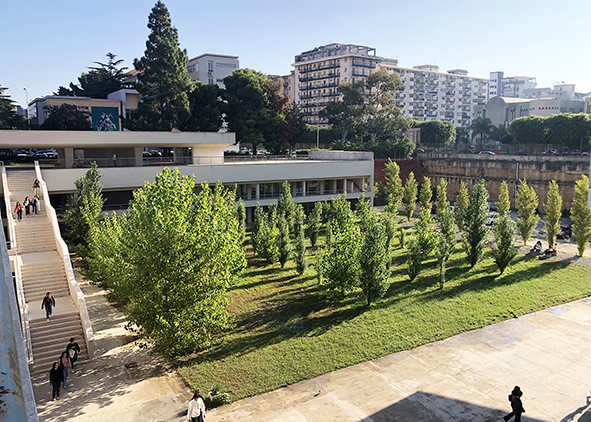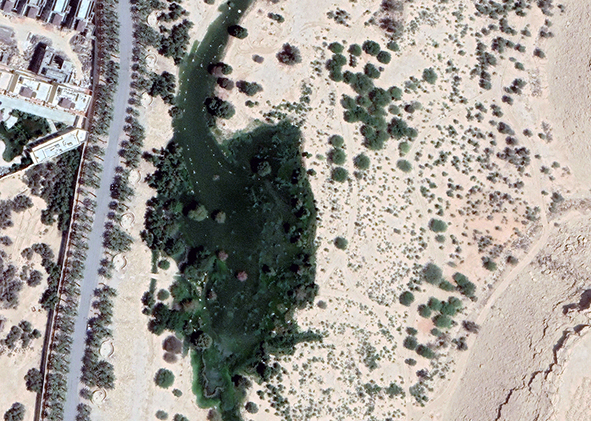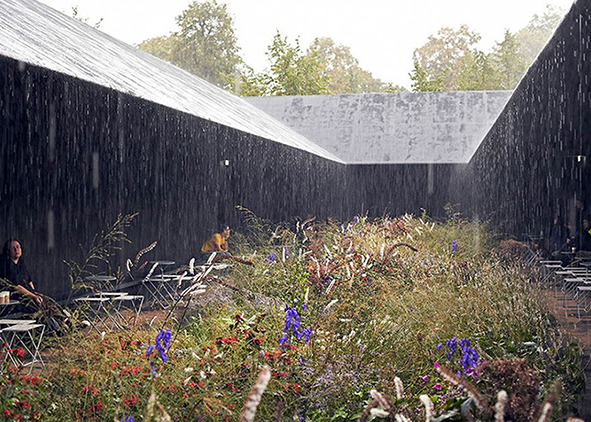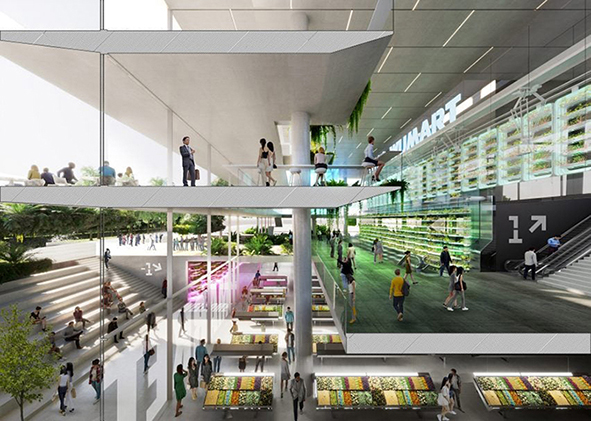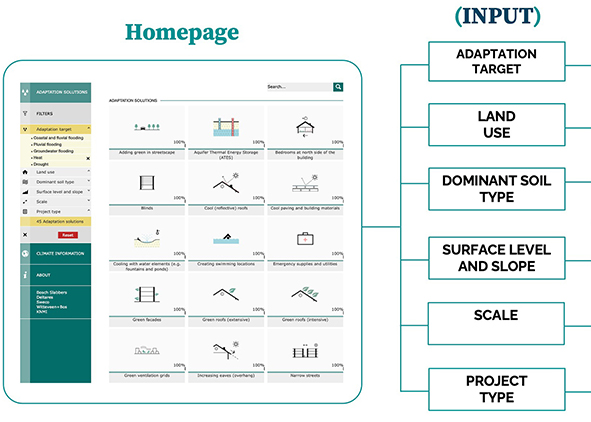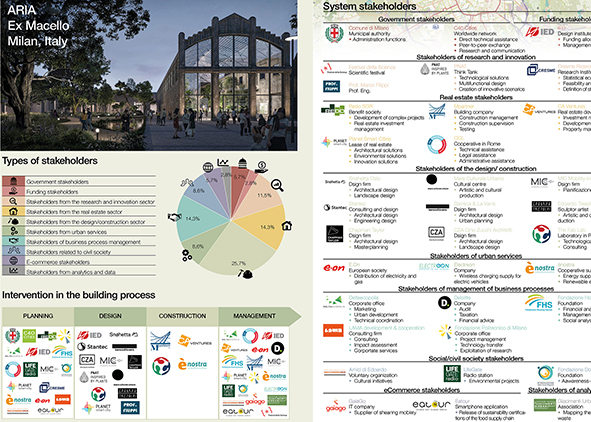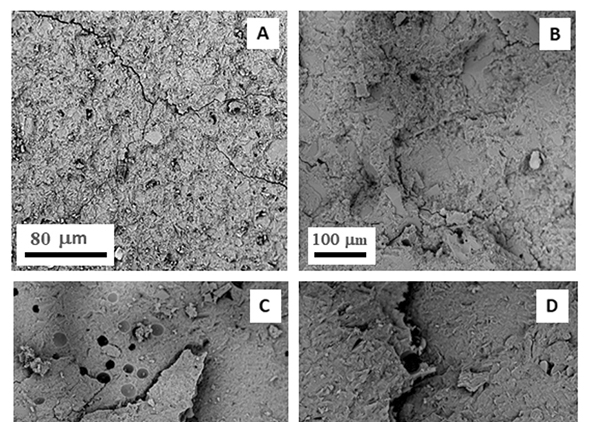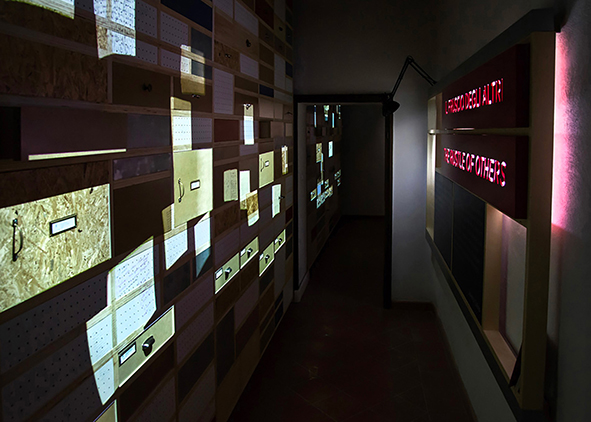
AGATHÓN
International Journal
of Architecture, Art and Design
ISSN (online) 2532-683X
ISSN (print) 2464-9309
Vol. 13 (2023): INNOVABILITY | Ecological Transition

AGATHÓN Volume 13 follows its predecessor on Innovability’©® | Digital Transition and collects essays and research on ‘innovability’©® | Ecological Transition, aware of its pressing relevance, but also of the scope suggested by the proposed dual key of interpretation. We have clarified the meaning of the term ‘innovability’©®, formerly used in economic and social sciences, credited today with a renewed driving force for a new paradigm of development that expresses one of the most crucial challenges of our time and the need for a ‘solidary’ convergence between the two inescapable instances of ‘innovation’ and ‘sustainability’: in this context, which must always look to the future, it is necessary to design our best policy and system actions to promote the need to innovate by using the Planet’s resources well and consciously.
The ecological transition has been discussed at length, but today it is a prioritized and imperative issue, expressing the need to ‘transition’ from production and consumption systems typical of the infinite linear growth paradigm to systems capable of growing economic capital without destroying natural, social and human counterparts. A concept of sustainability that, starting with global changes and biodiversity loss, recalls the ecology of mind of Gregory Bateson (1977), the three ecologies of Guattari (2000), the evolutionary physics of Isabelle Stengers and Ilya Prigogine (1979) but also the planetary thought of Edgar Morin (1973), the concept of exaptation of Stephen J. Gould and Elisabeth Vrba (1982) ecological economics, the concepts of ‘weak ‘sustainability and ‘strong’ sustainability, up to the most pragmatic indicators of sustainability (environmental, social and economic). An inescapable transition even if we only consider the goals of the 2015 Paris Agreement, harbingers of radical change not only with respect to the use of non-renewable resources but to our entire economy and way of life. In all areas of the built environment, there will be a need for ‘enlightened direction’ with a systemic and holistic vision based on a multi and interdisciplinary, nonscalar and intersectoral methodological practice capable of simultaneously integrating different and sometimes seemingly unrelated knowledge, professionalism, disciplines and production sectors; it will be necessary to rationalize and optimize, by combining traditional and innovative technologies, on the one hand all aspects that come into play in the transformative intervention and its process, project and product dimensions, and on the other hand the incoming and outgoing material flows for them to be equivalent, namely, so that waste and by-products from one sector can be fully reused in others.
A return to nature, in its wild and ‘fourth nature’ forms, emulating its biological processes and cycles, less land occupation, green infrastructure and nature-based solutions to mitigate the effects of climate change, but also to produce services and ensure biodiversity, regeneration of the highly vulnerable built environment, energy efficiency, flexibility of use, natural-based, sustainable materials derived from recycling and upcycling, and more generally a circular development model and increased attention and awareness toward non-renewable resources, are the most discussed topics. The paradox is that the field of inquiry is mainly concerned with the urban domain: even though cities are considered among the main causes of climate and environmental change, they are ironically seen as the solution to the current crisis of the entire ecosystem. Such a vision calls for some considerations: first, one must ponder whether at the macroscale it is still possible to think of a ‘limited’ growth model and simultaneously build housing, infrastructure and services albeit with a reduced footprint on land and the environment; secondly with respect to the complexity of the issue, at the intermediate and micro scales, whether and how much nature can heal the Planet by restoring it to a condition of ecosystem balance and health such as to guarantee a future also for the next generations without considering the concept of ecology in the broadest possible sense and renewing the relationship between man, nature and living beings, overcoming the current anthropocentric approach in favour of an allocentric one.
However, the published papers convey several certainties including the need for a multiscalar nature of interventions, which guarantees effects that are induced to a broader environmental context than the one of reference, and for teams that address critical issues with a holistic and systemic inter- and transdisciplinary collaborative approach, in a sort of speciation of disciplines that modifies their traditional statutes; what emerges then is that the intangible and material tools we can deploy today are numerous also thanks to the possibilities offered by digital technologies in the different design, implementation and management phases of the process. From this perspective, it seems crucial that the primary action to initiate the desired transition is the conscious acquisition of the problem and the absolute will to intervene in a synergistic mode, intellectually and scientifically, for the project to be charged with semiophore valences (Pomian, 1987) and, paraphrasing Timothy Morton (2018), to produce ‘hyperlandscapes’, ‘hypercities’, ‘hyperarchitectures’, and ‘hyperobjects’ that ‘welcome us’, ‘encompass us’, and ‘attach to us’, involving the whole ecosystem.

